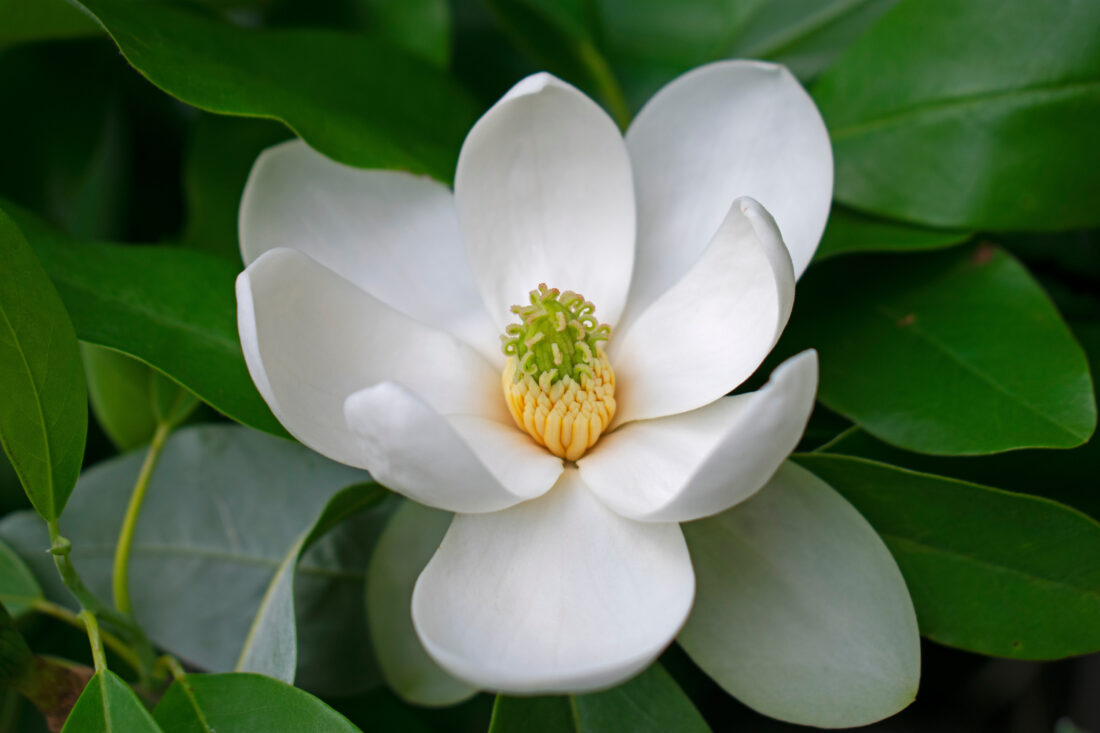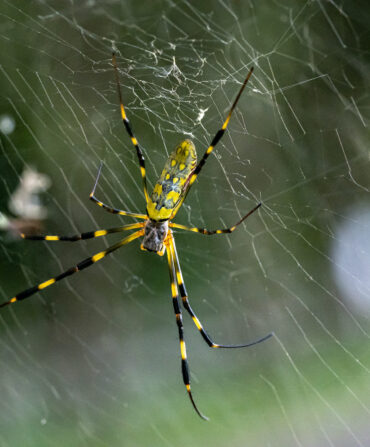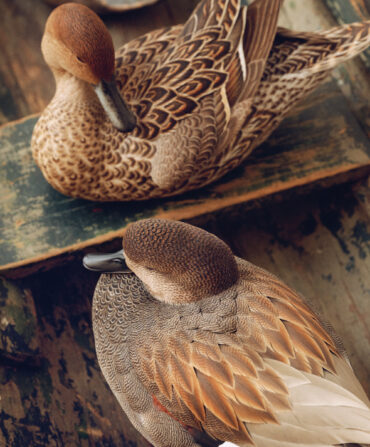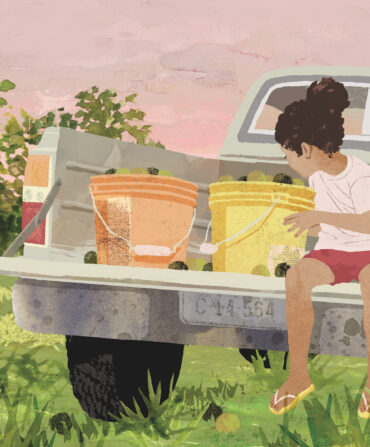Back in 1916, when Georgia legislators designated a state flower, their intentions were good. The Cherokee rose had come to be associated with the Cherokee people, who, on their forced march westward from Georgia in 1838, allegedly saw it blooming along the Trail of Tears. The problem is—the flower wasn’t, as the legislators believed, actually native to Georgia. Now, the Georgia Native Plant Society is spearheading an effort to replace it with an actual native, the sweetbay magnolia, during this year’s legislative session, which begins on January 13.

Rosa laevigata, the Cherokee rose, actually hails from China, Taiwan, and Vietnam. Most likely it arrived in the United States in the eighteenth century with British colonists. The plant quickly took to the welcoming Southern climate, leading to the widespread misconception that it was native. Today, though, it’s on the Georgia Invasive Species Council’s list of invasive pests. It’s classified as a weed and can grow in dense thickets that choke out other native plants and the habitat they provide to pollinators and other species.
This is a photo of Cherokee rose:
Sweetbay magnolia, on the other hand, grows wild statewide as a slender understory tree or shrub that produces creamy white blossoms in spring and summer with the trademark fragrance of the magnolia family. As a landscaping addition, the sweetbay magnolia brings all the beauty of Magnolia grandiflora in a smaller package, and it tolerates flooded soils as well as droughts. And like any native plant, it plays an important role in the ecosystem. Specifically, the tree plays host to the state butterfly, the eastern tiger swallowtail. The nectar of its flowers feeds hummingbirds, and songbirds eat its red seeds on their migratory journeys.
Moreover, in a 2023 public letter, the Georgia Cherokee Community Alliance forcefully dispelled the myth that their namesake rose was important to the tribe. “The Cherokee rose is not a native plant nor does it have any significance to Cherokee culture,” wrote Tony Harris, the organization’s vice-president and a Cherokee elder. “Not only am I passionate about preservation of Cherokee plants but [I] also am passionate about educating people about myths surrounding Cherokee culture.” He went on to recommend the Cherokee rose’s removal as the state flower, to be replaced with an actual native.
Add that endorsement to the beauty and ecological role of the sweetbay magnolia, a plant indigenous communities across the South actually did use in medicine and ceremonies, and the fact that multiple legislators are on board to sponsor the bill, and it seems hopeful that a new—and true—Georgia flower will step into the spotlight this year.








